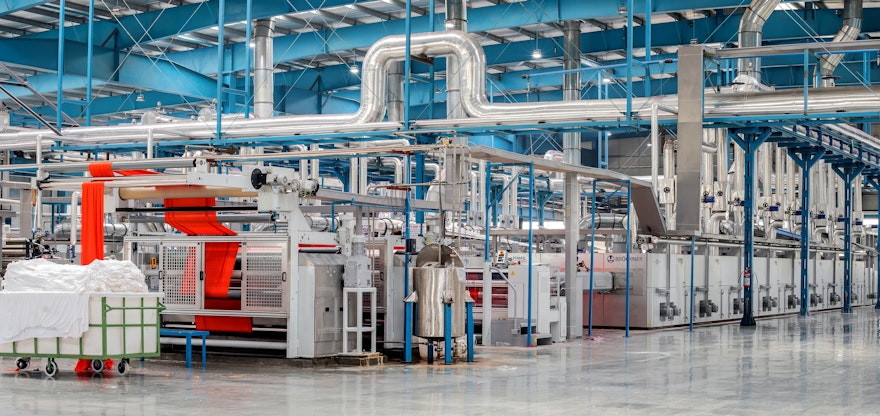Are your customers getting value from your SaaS?
Many lessons translate across industries. And some insights even transfer across different parts of the business. In this case, manufacturing process management can tell us a lot about onboarding and LTV in SaaS.
In his classic "business novel" The Goal, Eliyahu Goldratt makes many then-revelatory points about establishing productivity in a manufacturing setting. A lot is about translating the Toyota Production System to American manufacturing. So this book, written in the 1980s, is about neither software nor adoption. Indeed, it is not about product-led growth! But it has an excellent lesson for us.
His overall point concerns how a system creates "flow" from inventory to goods sold through operational expense. He rails against the prevailing wisdom toward local optima.
In the old world of delegated authority in manufacturing, you're responsible for this part of the floor. Management will measure your success on uptime, output, and other local metrics. The theory was that when suitable machines were in the factory, everyone working at efficiency would flow properly.
But this only worked in a well-designed floor that was facing stable, usually growing demand. As the floor mutated with time and the market conditions changed, compounding alterations created inefficiencies rapidly, making old assumptions void.
Goldratt highlights a distinction that causes a lot of metrics heartburn. He points out that turning on a machine - activation - is a standard metric for productivity. You have lots of uptime on your machines! Hooray! But this is not necessarily related to its contribution to company profit. After all, if the machine's output has to sit in front of a bottleneck process, running it more or better didn't save anything.
If anything, activation drove up the expense to operate it in labor, energy, and likely maintenance debt. At best, it is adding to inventory which looks like an asset on the books. In reality, excess inventory of unfinished goods and parts drives costs to store and transport, and it is likely unsalable at any reasonable rate of return.
Utilization, on the other hand, is putting something to productive use. Utilization is when operating an asset contributes value to the organization. Counterintuitively, making a machine more utile might involve running it less. That way, it creates the intermediate parts in the quantity usable by the bottlenecks, but not more. Then the machine can stay quiet, and we start to ask hard questions about how to switch people around - or whether it is worthwhile for them to be "on standby" with an idle machine.
All this feels very far away from most software. But let us apply this dichotomy to user onboarding. We often talk about "activation" as the key to getting a user onboard. Activation might be creating their first project or finishing a profile. We look at the number of people using this to indicate they are active with our software.
But we should see our jobs as connecting our customers with value. Are we an engine that links them with the "job to be done?" And how does our onboarding accomplish that? If one is an app-building system, getting them to build their first app is not utilization. Shipping is. Have your customers made the app available to their target customers? If not, why not? We need to understand how our service contributes to that goal. If they do not reach the goal, they will churn out, even if they hit "activation."
There is a gray zone where we see an active user who wants to be successful but has not yet achieved a goal. And this is where things get interesting - we might not want them "active." Mere use or hacking around might not be on the path to utilization. In which case, just like on the manufacturing floor, we want to facilitate their "away time" instead of engagement. What do we do to ease their standby window? The win is that they are still in the factory, not that they are working the machine. And when it is time to add value, we bring them back online.
Lifetime value is the critical profitable revenue metric for most SaaS. You don't care as much about the first month of use - you want the years of staying onboard. So please put them in a position where they get to the long-term value proposition in a short period. That is the fundamental north star metric.
For the app builder in the previous example, getting the client to shipping means that the hosted application is now on your platform and can stay there for a long time. Reaching that point creates recurring value to the customer without demanding more of their time. The easy path is to keep that bill flowing. And longer lifetime means the equity value of that customer goes up. So the return on equity of future customer acquisition goes up. And around we go.
The businesses that help their customers utilize rather than activate their services will create more value and win retention. How can you help your customers accomplish "the goal"?
Photo by Lalit Kumar on Unsplash

